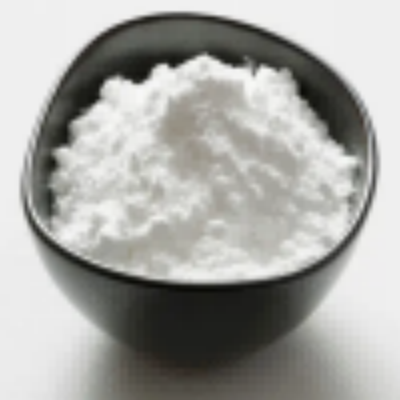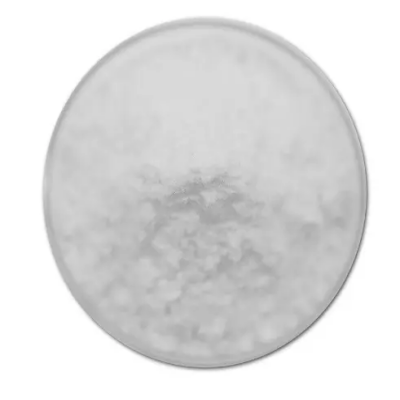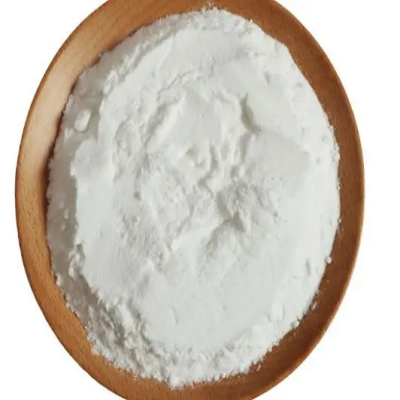4-Acetyl-2-methylbenzoic acid CAS:55860-35-0
The synthesis of 4-acetyl-2-methylbenzoic acid can be achieved through a series of organic reactions starting with the preparation of the corresponding benzene derivative. One common method involves the Friedel-Crafts acylation, where a benzene derivative is treated with an acyl chloride in the presence of a Lewis acid catalyst such as aluminum chloride. In the case of 4-acetyl-2-methylbenzoic acid, the starting benzene derivative would be 2-methylbenzoic acid. To prepare 2-methylbenzoic acid, a suitable aromatic compound such as toluene can be oxidized using an oxidizing agent like potassium permanganate or chromium trioxide under controlled conditions. The oxidation process selectively targets the methyl group, converting it into a carboxylic acid group. This step is crucial for introducing the carboxylic acid functionality into the molecule. Once the 2-methylbenzoic acid is obtained, the next step is to introduce the acetyl group at the 4-position. This is typically achieved through a Friedel-Crafts acylation reaction, where the 2-methylbenzoic acid is treated with acetyl chloride in the presence of a Lewis acid catalyst such as aluminum chloride. The acetyl chloride acts as the acylating agent, transferring the acetyl group to the benzene ring, specifically at the 4-position. The final product, 4-acetyl-2-methylbenzoic acid, can be purified through recrystallization or column chromatography. The compound can be further modified or functionalized to create more complex molecules. For instance, the carboxylic acid group can be converted into other functional groups such as esters or amides, or the acetyl group can be replaced with other substituents. 4-Acetyl-2-methylbenzoic acid is a versatile intermediate in organic synthesis, finding applications in the production of flavors, fragrances, and pharmaceuticals. Its unique combination of functional groups makes it a valuable building block for the synthesis of more complex organic molecules.



| Composition | C10H10O3 |
| Assay | 99% |
| Appearance | white powder |
| CAS No. | 55860-35-0 |
| Packing | Small and bulk |
| Shelf Life | 2 years |
| Storage | Store in cool and dry area |
| Certification | ISO. |









